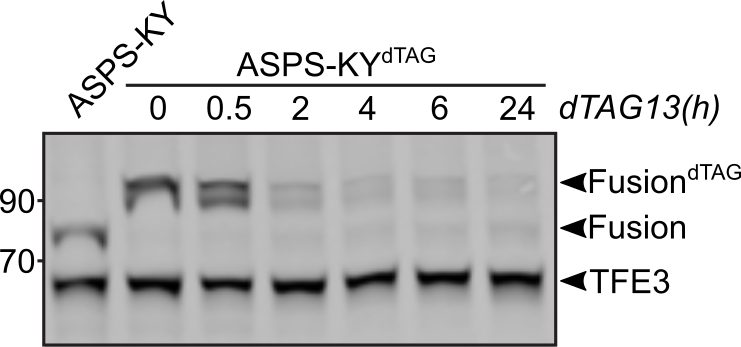Research

Histologic image of leiomyosarcoma
Sarcomas are unlike any other form of cancer in their rarity, diversity, and how little we understand them
Though they represent only 1% of adult cancer diagnoses, there are >100 different subtypes of sarcoma. They arise from diverse mesenchymal-derived tissues including muscle, bone, connective tissue, blood vessels, and fat. Currently, we know very little about the origins and causes of these cancers. Unfortunately, for most sarcomas, we lack effective systemic therapies. We urgently need to expand our research efforts to discover new diagnostic and treatment strategies for sarcoma patients!
Learn more about sarcoma
How can we target drug resistance in gastrointestinal stromal tumor (GIST)?
GIST is one of the most common sarcomas, and can arise anywhere in the digestive tract. Most GIST are driven by activating mutations in the receptory tyrosine kinase KIT. While the majority of GIST responds to treatment with tyrosine kinase inhibitors (TKIs), resistance and disease progression are common in advanced disease. We need complementary therapies for GIST, which will come from an understanding of the mechanisms by which GIST supports KIT gene expression. To this end, we have developed a deep understanding of the GIST epigenome and are currently working on identifying transcriptional regulators that are important drivers of clinical outcomes and novel liabilities to target alone or in combination with TKIs.
Learn more about GIST

Effects of KIT inhibitor imatinib alone or in combination with menin inhibitor VTP-50469 on GIST xenograft growth

Clustering of gene expression data demonstrating three distinct molecular subtypes of leiomyosarcoma: conventional (cLMS), inflammatory (iLMS) and uterogenic (uLMS)
How can we better diagnose and treat leiomyosarcoma?
Leiomyosarcoma is a poorly understood sarcoma that arises from smooth muscle cells or their progenitors. Leiomyosarcoma presents diagnostic and therapeutic dilemmas, with multiple molecular subtypes and few common mutations or therapeutic targets between patients.
Our work focuses on developing liquid biopsies to detect copy number alterations seen in leiomyosarcoma, generating valid models of leiomyosarcoma to facilitate laboratory research, and identifying novel treatment strategies using patient-derived xenograft (PDX) models.
How do genetic translocations drive oncogenesis in sarcoma?
Chromosomal translocations give rise to approximately 20% of sarcoma subtypes. These abnormal gene fusions produce oncogenic proteins that hijack normal cellular systems and drive cancer progression. Though some of these translocations involve kinases amenable to targeted therapy (ALK and NTRK translocations), the majority of these oncogenic fusions involve transcriptional regulators and are considered "undruggable". However, we are beginning to identify protein collaborators and downstream effectors of the fusion oncoproteins that represent tractable therapeutic targets.

Alveolar Soft Part Sarcoma (ASPS) cells were engineered to express a modified fusion protein, enabling acute degradation of the oncoprotein to facilitate discovery of its core functions
